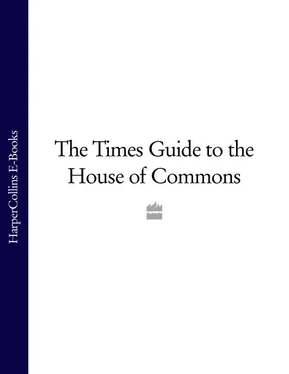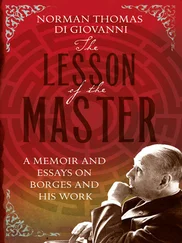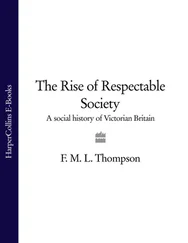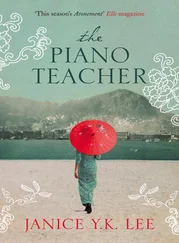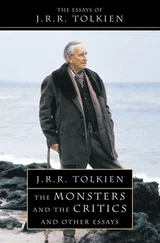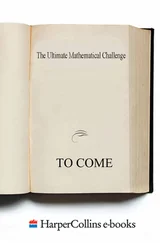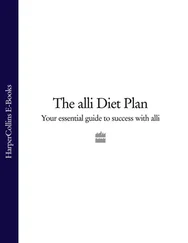Whatever their party affiliation, those elected this year also look at the world through the prism of the MPs’ expenses scandal. There is the possibility of a really quite dramatic change of culture, brought about by a younger, more independent-minded intake who are all too aware of voters’ anger with politicians. Some of the Conservatives have been chosen in open primaries, which may make them less willing to toe the party line. Labour and Liberal Democrat MPs have used the election campaign to make clear their determination to alter the way in which politics is done. Across the board, the new intake is generally more receptive to constitutional reform, including changes to the voting system, than their parties’ older grandees.
Just as the Blair Babes transformed how the House of Commons looked in 1997, bringing flashes of feminine colour to the rows of grey suits, so the Class of 2010 could alter for ever the way in which politics is conducted. One new Tory MP says: “We get the scale of the public’s anger over the expenses scandal in a way that those who were in Parliament when it broke do not really get. We understand just how much change is needed.”
Women failed to break through
Rosemary Bennett
Social Affairs Correspondent
The 2010 general election was, pretty much, a male affair. Senior women from the main parties were curiously absent from the campaign and silent during the rows that blew up over taxation and spending. Attention was resolutely focused on the three leaders as the TV debates dominated the campaign and, in the end, more column inches were devoted to their wives’ outfits than equality.
At constituency level the story was not much better. In as many as 262 seats the three main parties all fielded male candidates, compared with just 11 seats where the main contenders were all women. The election was just too close to make gender an issue.
Not surprising, then, that there was no great breakthrough in the numbers of women entering Parliament. For all the talk of new dawns, it was old politics as usual when the 2010 intake took their seats for the first time. In terms of the numbers, there were 142 women MPs, compared with 126 in 2005, equivalent to 22 per cent of the total. That puts Britain on a par with the United Arab Emirates in terms of female representation.
The Conservatives made the most headway from their low base of just 18 MPs, 9 per cent of the parliamentary party, when the election was called. They emerged with 48 MPs, 16 per cent of the parliamentary party. Their success did not come easily. It was the result of considerable efforts, not in the approach to the election but throughout much of the previous Parliament, to make sure that a decent number of women candidates ended up in winnable seats.
For a while, they had the controversial “A” list comprising 50 per cent women from which the best seats were required to choose. In the end it was scrapped, such was its unpopularity, but it did help to boost the numbers. There was also a mentoring programme and, of course, plenty of encouragement from David Cameron.
In the end, though, it was not the sea change that the leadership had hoped for and privately senior party figures would admit that there was clearly farther to go.
Campaigners for equality worry that if this was the Conservatives’ best chance to push the agenda then the results look particularly disappointing. “The Conservatives do deserve to be congratulated. They trebled the number of women MPs. But you cannot help being left with the feeling that they could have gone a lot further. They had a new leader, they were ahead in the polls. They might not have such a good opportunity in the future to push this agenda,” Ceri Goddard, chief executive of the Fawcett Society, said.
Labour lost women MPs in terms of numbers, with 81 in the new Parliament compared with 94 in the last. In percentage terms the total rose slightly to 31 per cent from 27, largely owing to the party’s use of all-women short lists in many winnable seats. That is unlikely to change in future elections.
The performance of the two main parties left the Lib Dems looking particularly feeble. They lost two of their already tiny pool of female MPs and now have only seven, equivalent to 12 per cent of the parliamentary party. Their poor record was underlined when the party had no woman MP senior enough to be in contention for the five Cabinet positions offered to the party under the deal.
Ms Goddard said that the Liberal Democrats were left looking very exposed, and had a fundamental problem if they were serious about increasing female representation. The party has an ideological opposition to positive action, a position backed powerfully by younger women in the party despite warnings from grandees such as Baroness Williams of Crosby that they will never get anywhere under existing procedures.
“To be fair to the party, they ran about half and half male and female candidates, but clearly the men were in the best seats. The party consistently refuses to adopt positive action to increase the number of women, which we think is an odd position given they are the party of electoral reform,” Ms Goddard said.
So what do the new women MPs now amassed on the government benches want to do with their power?
Despite the derision of the Blair babes, Labour women used their numbers to push for more maternity leave and pay, and new rights for flexible work, very much bottom-up reforms. Conservative women say that they will push for even grater reform on flexible work so that as many men and women as possible can work part time and, perhaps surprisingly, equal pay. And they may make their presence felt most by opposing a key leadership policy, tax breaks for married couples, that many think is not the best use of money.
They may, however, have to expend their political capital in other ways too. There is already concern that the “new politics” of the coalition is perhaps not so much of an opportunity for women as a challenge. Women were absent from the coalition negotiations with both the Conservatives and Liberal Democrats fielding all-male sides. And in the scramble for a workable deal between the parties, the argument for fair representation at Cabinet level was somehow lost.
The first coalition Cabinet had just four women, and only one running a big department, with Theresa May at the Home Office. Analysts say it was not a great start. “Cameron and Clegg were acutely aware they have very few women on which they could credibly draw,” said Colin Hay, Professor of political analysis at the University of Sheffield. “The politics of the past was gender discriminatory. The irony, in a way, is that the Cabinet remains a sort of last bastion of that old order.”
Bad news for big spenders: money can’t buy you votes
Sam Coates
Chief Political Correspondent
For donors thinking of filling the coffers of Britain’s political parties, there could be few worse advertisements than the previous Parliament. Three of its five years were stained by continuing police investigations; Scotland Yard interviewed a sitting Prime Minister for corruption offences; and more than half of its MPs had to hand back money after claiming for expenses they were not rightfully owed. Trust in politicians dropped to levels never seen before: only one in ten people thought MPs told the truth. Public antagonism was stoked by an often hostile media and insurgent blogosphere picking over the personal lives and motivations of public figures, especially donors who were often treated as if they had already been found guilty of paying for access to power.
Given the contempt with which so many politicians came to be held – one utterly blameless Lib Dem quit the Commons after his wife was spat on in the street – it is perhaps a surprise that just so many moneymen kept their faith and continued to write their cheques, mainly to the Conservatives. Over the course of the Parliament donors gave money to David Cameron at rates never seen before in British politics.
Читать дальше
